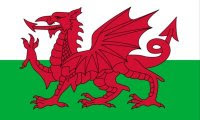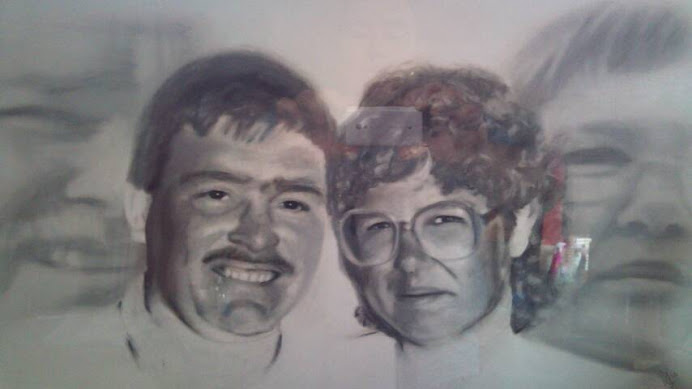Drawing with Inktense Pencils on HOT paper
I've mentioned the different kind of watercolour paper in an earlier post. My least favourite is 'HOT' pressed. Water is quickly absorbed by the surface and it most definitely isn't my watercolour paper of choice. But saying that, I do have too much of the stuff. When I began using watercolours last year, I simply bought several pads of different sizes, believing (then) that all watercolour paper was equal. So my holdings are being chopped up into small sizes and used with my product of the moment; Derwent Inktense Pencils.
This image is of the entrance to St. Mark's Square (Piazza San Marco) in Venice, the 16th Century square Cathedral Tower (Camponile di San Marco), and the Biblioteca Nazionale Marciana, all from the Grand Canal. I used two of the my recent photographs as reference points for the artwork. The tower was drawn with a straight edge to ensure that it wasn't leaning, and then the shape of the remaining buildings were sort of blocked in; to define the area for the sky. Several Inktense pencils were used to create the sky, including a second and a third layer of colour each time the paper dried out.
The buildings began with the windows being drawn in and then lightly coloured. My favourite Venice Inktense Pencil art colours are: Tan 1720 for the non grey buildings, Scarlet Pink 0320 for the pinkish walled buildings, Charcoal Grey 2100 for the grey buildings and to outline non pink or tan objects, and Tangerine 0300 for the various roofs. Layered colours were used to darkened areas, either with a darker brown such as Bark, or the much used Charcoal Grey and right at the end of the process; Ink Back No.2200.
Colours from the sky were used in forming the water of the Grand Canal. With lighter small strokes close to the Gondola points, that were worked towards broader longer strokes in the foreground. When all of the drawing was complete, the image was 'wetted' using plain water applied with a cheap pointed brush. You don't need a Sable brush as you're trying to be sparse with the water, and therefore don't need anything that can hold lots! But you do need a cloth or kitchen roll to dab off any colour picked up in one area by the brush, that you don't want to accidentally apply to another area as you continue the 'wetting' process.






